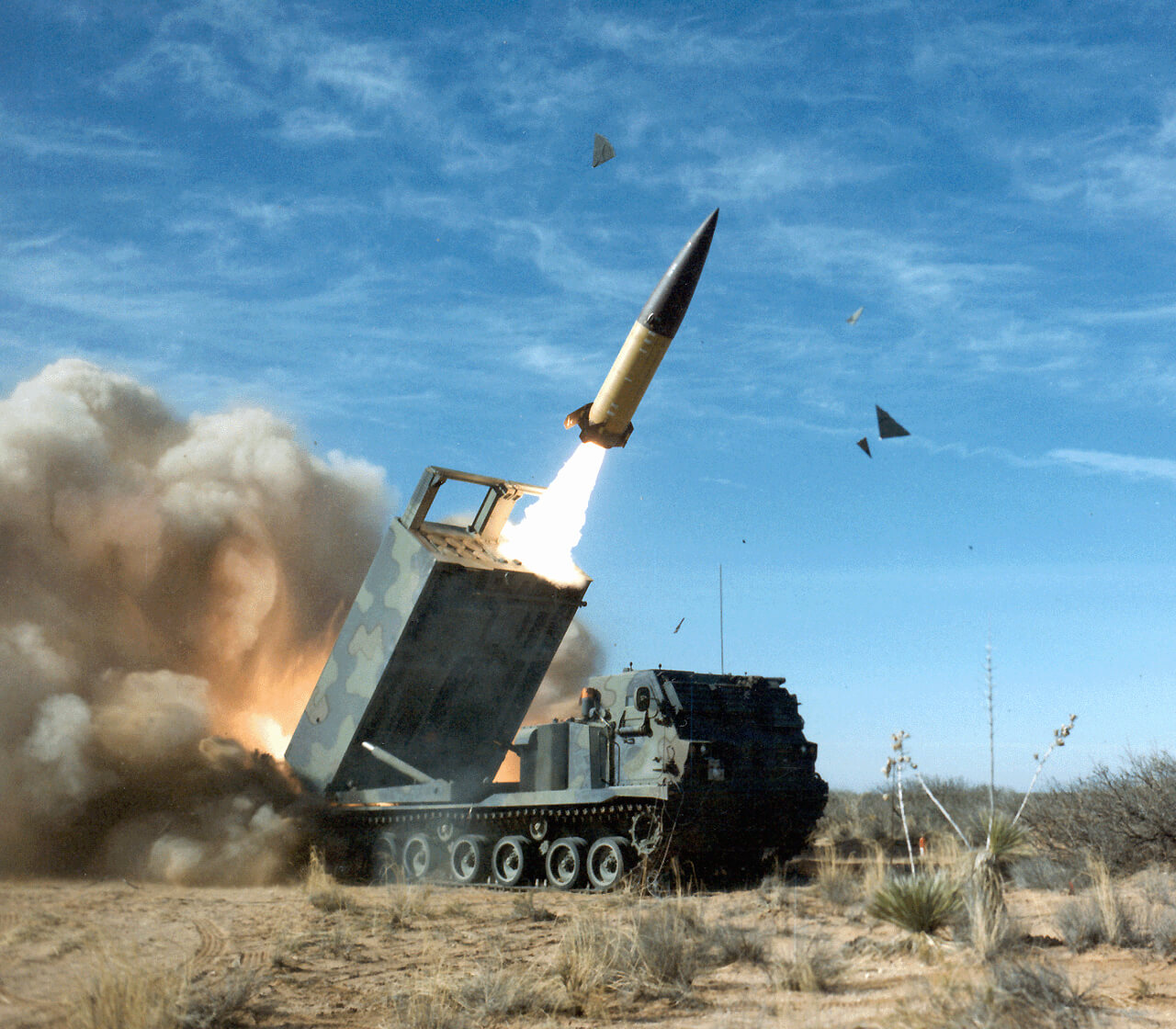The US quietly modified the powerful HIMARS rocket launchers it sent to Ukraine to prevent launching long-range missiles into Russia, reported WSJ.
Since June, the United States has given the Ukrainian military 20 High Mobility Artillery Rocket System launchers, also known as HIMARS, and a sizable stock of satellite-guided rockets with a nearly 50-mile range.
These guided multiple-launch rocket systems, also known as GMLRS, have been employed to attack Russian command posts, logistics hubs, and munitions storage facilities on Ukrainian territory.
The US has not provided Ukraine with long-range Army Tactical Missile System rockets, or ATACMS missiles, which have a range of approximately 200 miles. The report said that the modified HIMARS would prevent Ukrainian forces from launching ATACMS if obtained from another source.
The previously unknown modifications reflect concerns among administration officials that their Ukrainian partner would stop upholding its pledge not to attack Russian territory with US-supplied weapons.
The modification also highlights the extent to which the Biden administration has gone to strike a balance between its backing for the Ukrainian military and possible escalation with Moscow.

HIMARS has proven to be quite valuable in recapturing territory that the Russians had previously seized. According to a report by the Institute for the Study of War (ISW), HIMARS was critical for the Ukrainian military in thwarting Russian supply lines during the takeover of Kherson.
US officials have previously stated that military assistance to Ukraine is for self-defense, not for launching attacks on Russia. Crimea and other Ukrainian territories that Russia has captured and claimed would also be considered legitimate targets.
Therefore, even with those restrictions, Ukraine has shown interest in acquiring ATACMS, among other things, presumably to aid in expanding its capacity to target Russian forces far behind the front lines.
In September, Maria Zakharova, a spokesperson for the Russian foreign ministry, said that such a supply by the US would be “crossing a red line” and turn the US into an active participant in the war.

What Modifications Were Made To The System?
It’s unclear what exactly was modified before the HIMARS were shipped to Ukraine from the United States. One explanation, according to experts, is that the launchers merely use a modified version of the software for the standard system that lacks the capabilities required to run ATACMS.
There could be slight physical modifications to stop the missiles from being loaded or functioning properly. Nevertheless, it is unclear what changes were made or how simple it would be to undo them should American policies about transferring ATACMS to Ukraine shift in the future.
The WSJ report raises the possibility that alternative modifications were made to HIMARS rockets to restrict their functionality. For instance, it may be conceivable to incorporate a geofencing feature into the system’s software that would prohibit it from receiving target coordinates for sites in Russia, even while using M30/M31-series rockets.
Besides that, the HIMARS launcher modifications eliminated the potential of Ukraine utilizing ATACMS even if it receives missiles from a third party, considering that the US government does not appear willing to transfer ATACMS to Ukraine directly.

The military forces of Bahrain, Greece, Poland, Qatar, Romania, South Korea, Turkey, and the United Arab Emirates use ATACMS variants outside the United States. Naturally, if carried out properly, any such third-party transfer would still need to be approved by American authorities.
Besides, there might be a technological security reason why the US administration is reluctant to give Ukraine ATACMS. Newer iterations of the ATACMS family are still in use by American forces, including those forward-deployed.
The EurAsian Times had earlier reported that the US plans to send Ground-Launched Small Diameter Bombs (GLSDB) to Ukraine. Developed by Boeing and the Swedish company Saab, GLSDB can be launched from HIMARS and MLRS launchers. It has a maximum range similar to the ATACMS of about 94 miles (150 kilometers).
- Contact the author at ashishmichel(at)gmail.com
- Follow EurAsian Times on Google News




